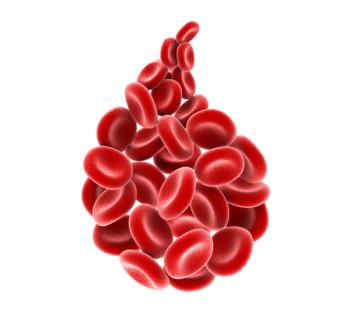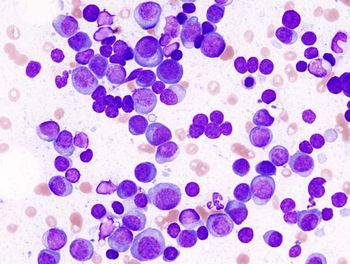
Use of SBRT in Treating Pancreatic Cancer
This video highlights the evolution of stereotactic body radiation therapy in the treatment of pancreatic cancer.
In this video, Sarah E. Hoffe, MD, of the Moffitt Cancer Center in Tampa, Florida, discusses the evolution of stereotactic body radiation therapy (SBRT) for the treatment of pancreatic cancer.
Hoffe also highlights a recent study
Newsletter
Stay up to date on recent advances in the multidisciplinary approach to cancer.

















































































